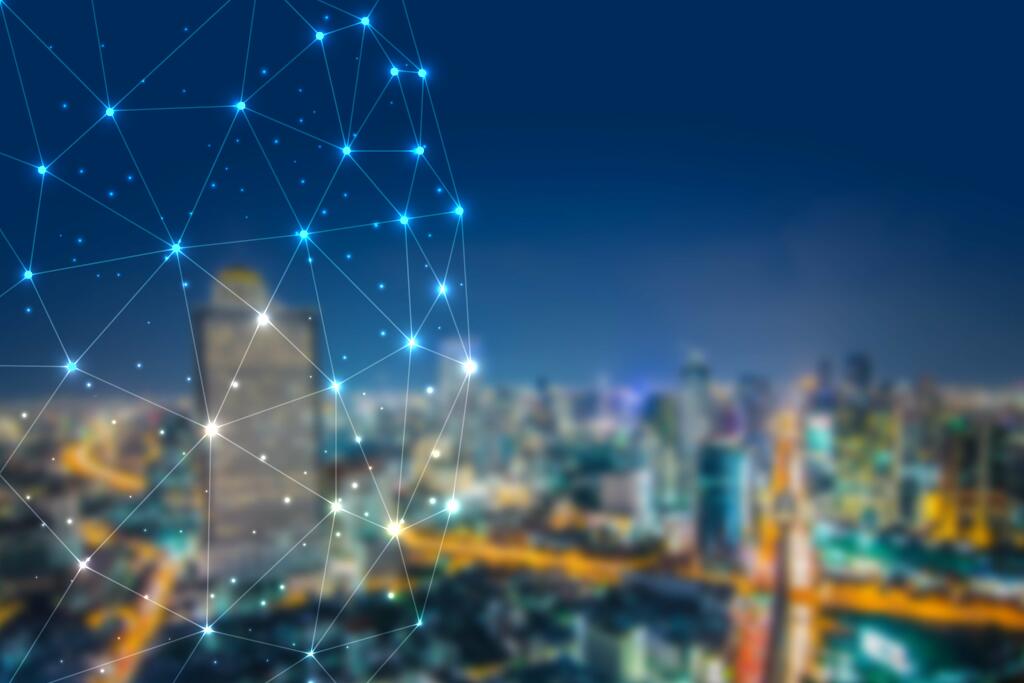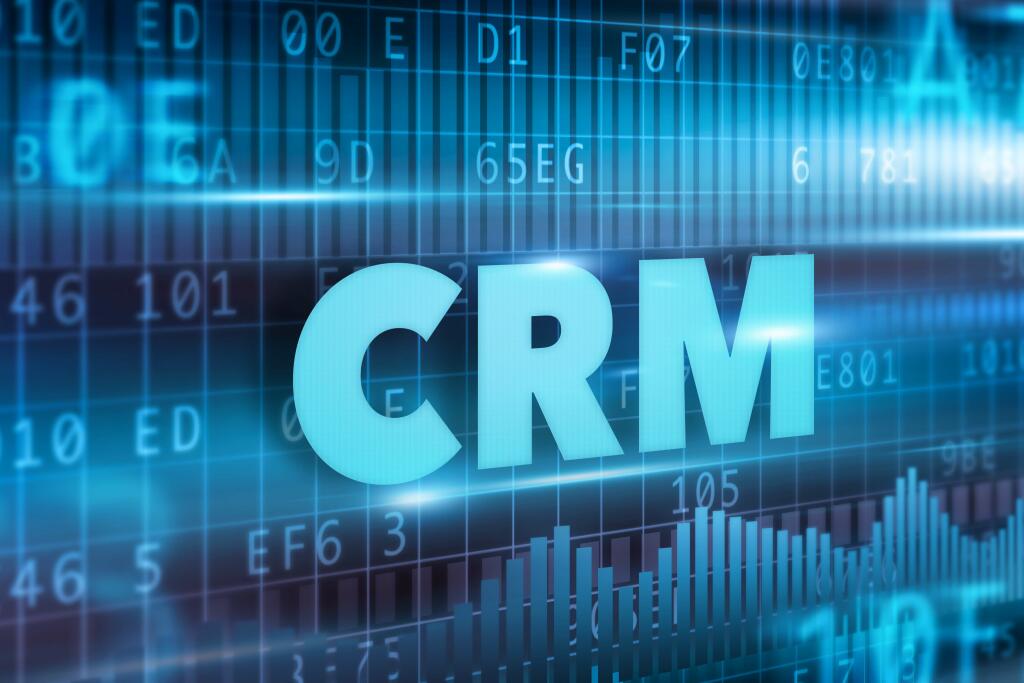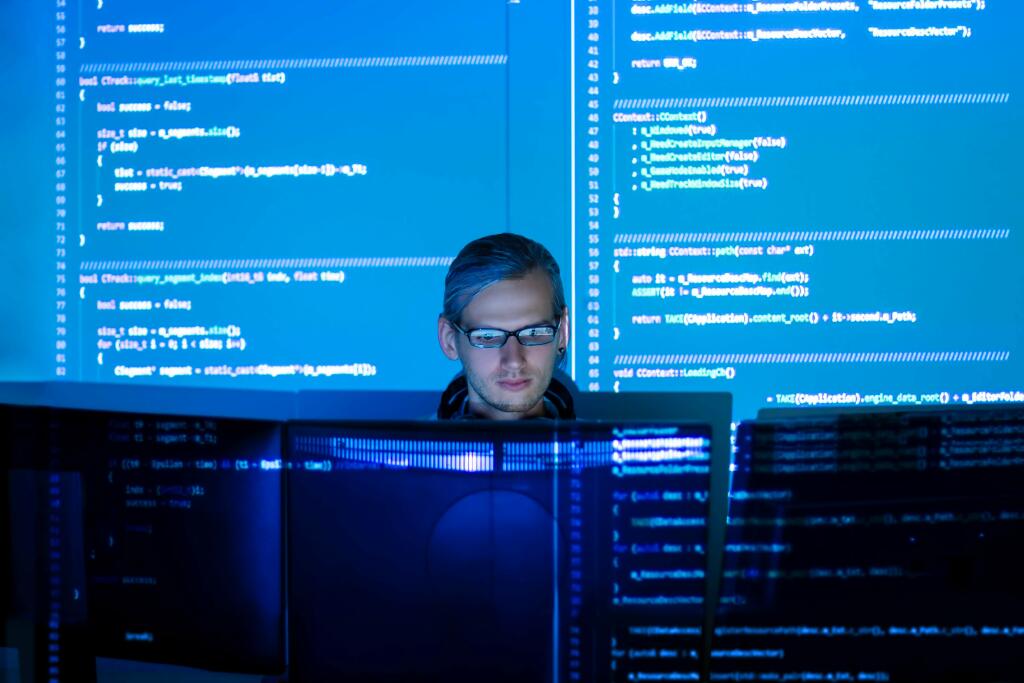Содержание
In a knowledge-based approach, a face is recognized based on predefined rules. This could be challenging considering the efforts needed to define well-defined rules. Whereas template-matching methods compare images with previously stored face patterns or features and correlate the results to detect a face.
- According to a report by Georgetown law school’s Center on Privacy and Technology, one in two American adults is in a law enforcement facial recognition network.
- Facial recognition databases play a significant role in law enforcement today.
- That’s a big improvement from 2014, when the best algorithm had an error rate of 4.1%.
- MegaFace metric tests models based on their ability to recognize faces in the presence of many “distractors”.
- The system will not cause any harm to eyes or skin, due to its low output.
- Facial recognition is a way of recognizing a human face through technology.
Law enforcement agencies at all levels have embraced facial recognition technology. The technology helps law enforcement identify criminal suspects, identify and rescue human trafficking victims, and secure the border. At least one in four state or local police departments is able to run facial recognition searches. Law enforcement officers use mobile devices and apps to capture images of people they interact with and identify them. Future versions of the technology may work in real time and in the dark.
Triangulation Process
These are then converted to a black-and-white image to make facial features easier for the computer to recognise. The Microsoft Hello system takes an infrared picture of a face to allow for traditional facial recognition at a 1m distance. Neither system stores face images, just the resulting faceprint code. The systems used on some personal devices work a little differently. The iPhone X shines a grid of 30,000 infrared dots on a face and makes a crude 3D model.
If missing individuals are added to a database, it can be more comfortable for law enforcement agencies to recognize and find the missing people. In India, 3,000 missing children were traced in just four days using facial recognition technology. Looking to the future, the FBI, in collaboration with the NIST, will be deploying FRVT Ongoing as early as summer 2019. FRVT Ongoing will enable the FBI to test its actual NGI-IPS facial recognition technology annually, as well as permit vendors to submit their facial recognition algorithms to NIST at least once a year. Traditionally, benchmark testing is performed approximately every three or four years.

In marketing, ML is used for analyzing consumer behaviour patterns to devise cross-selling strategies and give recommendations to consumers on e-commerce websites. AI is a technology that simulates human intelligence processes using machines to make cognitive decisions. From recognizing faces on your mobile lock screen to self-driving cars, AI has unleashed a new realm of leveraging technology. An enterprise-grade Cloud-Native bot platform enables the business to deliver data-driven, responsive, and personalized support by automating AI conversations to transform the customer’s experience. We created such data augmentations that transform the first training dataset into that of the face with a medical mask. We created a system that can recognize faces with medical masks.
Data Protection
However, due to the speed at which technology advances, traditional methods no longer permit the level of technology awareness the FBI desires. Accuracy, though, is higher when identification algorithms are used to match people to clear, static images, such as a passport photo or mugshot, according to a story by the Center for Strategic & International Studies in 2020. The story said that facial recognition algorithms can hit accuracy scores as high as 99.97% on the National Institute of Standards and Technology’s Facial Recognition Vendor Test when used in this way.

Kick-start your project with my new book Deep Learning for Computer Vision, including step-by-step tutorials and the Python source code files for all examples. A digital self-service platform enables the business to deliver simple self-service across mobile marketing, customer support, and marketing automation functions. From original paperIf you want to dive deeper with the theoretical part of this solution, we recommend checking out the original research and this medium article. It increases the amount of training data using information available from this data, so it can capture as much data variation as possible.
Generally, we refer to this as the problem of automatic “face recognition” and it may apply to both still photographs or faces in streams of video. An Enterprise digital assurance platform that provides complete automated testing as a service with pre-built test repository. The last piece of our augmentation is to extract keypoints, triangulate the ones that we need and then match the randomly extracted mask from the previous step to our destination face. For example, Apple’s FaceID struggled to recognize faces with masks. 3 Per the DIOG, Section 6 Preliminary Investigations—Preliminary Investigations may be opened on the basis of “allegation or information” indicative of possible criminal activity or threats to national security.
Importance Of Facial Recognition Solution In Modern Times
That is 20 times better than the best system the agency tested in 2013. In 2017, the FBI went to the Criminal Intelligence Coordinating Council , a subcommittee of GLOBAL, an Attorney General Federal Advisory Committee on Justice Information, to address this issue. GLOBAL and the CICC are under the oversight of the Bureau of Justice Assistance , a component of the Department of Justice. The CICC, with approval of GLOBAL and BJA, https://globalcloudteam.com/ identified a priority to create a Global Facial Recognition Policy Development Template. This priority fell under the purview of the CICC since it is a state, local, tribal, and territorial focused law enforcement council whose purpose is to develop guidance and deliverables to law enforcement entities. In many countries, face recognition technology is being used to locate missing children and victims of human trafficking.
The audit evaluated processes and procedures implemented by the FACE Services Unit and included administrative review of a sample of NGI-IPS queries conducted by the FACE Services Unit to validate appropriate use of the system. The FBI concluded and documented in an FBI CJIS Internal FACE Services NIS Audit Report, dated December 17, 2018, that the FACE Services Unit is operating in accordance with privacy laws and FBI CJIS policies and made no recommendations. The FBI manages the CJIS Division Advisory Policy Board Process, which holds meetings twice a year. The APB is comprised of members of local, state, tribal, and federal criminal justice agencies that contribute to and use CJIS systems and information. It is responsible for reviewing policy issues and appropriate technical and operational issues related to FBI CJIS programs, such as the NGI System, administered by the FBI’s CJIS Division, and thereafter, making appropriate recommendations.

The facial masks database can be found in the solution repository via this link. FBI uses facial recognition technology for law enforcement purposes with human review and additional investigation. The FBI’s use of facial recognition produces a potential investigative lead and requires investigative follow-up to corroborate the lead before any action is taken. Some banks are using facial recognition to authenticate their customers. With the help of this technology, they’re helping their customers login to their mobile banking apps securely. UK-based Lloyds bank is also planning to bring such a feature using a biometric identification technology.
How Facial Recognition Works With Face Masks
Most facial recognition solutions are compatible with the existing software, which means companies won’t need to spend additional money on integration. To put it simply is a biometric technology that identifies and verifies an individual from a digital image and video. It captures, examines, and then compares a person’s facial details. A security camera image can be used to recognise faces from far away. They use a more complex system that looks for faces, re-orients, skews and stretches them.
Apple’s iPhone X unveiled its Face ID facial recognition technology in 2017. It wasn’t until the 2010s, though, that computers grew powerful enough to make facial recognition a more standard feature. In 2011, in fact, facial recognition software confirmed the identity of terrorist Osama bin Laden. In 2015, the Baltimore police department used facial recognition to identify those who participated in protests after Freddie Gray was killed by a spinal injury that he suffered while being transported in a police van.
The TrueDepth camera system is safe to use under normal usage conditions. The system will not cause any harm to eyes or skin, due to its low output. It’s important to know that the laser system might be disabled for safety reasons if the device is damaged or malfunctions. If you receive a notification on your iPhone or iPad Pro that Face ID has been disabled, you should have a trained technician who uses genuine Apple parts repair your device. Improper repair, modification, or use of nongenuine Apple components in the laser systems might prevent the safety mechanisms from functioning properly, and could cause hazardous exposure and injury to eyes or skin. Learn what to do if you see an alert that says Face ID has been disabled.
Further, appearance-based methods use statistical analysis and machine learning to match the characteristics of face images. The new facial recognition algorithm will increase the existing NGI-IPS facial recognition accuracy rate substantially. Following completion of the framework, the FBI CJIS Division will then perform software development updates, integration and testing, and recharacterization of current facial recognition algorithm templates into new NGI-IPS templates. The new facial recognition algorithm will be operational later towards the end of 2019 and is a high priority for the FBI CJIS Division. In performing the facial recognition searches, the FACE Services Unit operates under the authority of 28 U.S.C. §§ 533 and 534; 28 C.F.R. § 0.85; 42 U.S.C. § 3771; 18 U.S.C. Chapter 123, and the Driver Privacy Protection Act, 18 U.S.C. § 2721.
Retailers can use facial recognition to make it easier for consumers to check out. Instead of forcing customers to pay with cash or credit, retailers can use facial recognition to immediately charge their purchases to their accounts. As a relatively new technology, we’re still understanding the pros and cons of facial recognition.
Retailers, casinos, financial institutions, apartment buildings and other private-sector businesses are using facial recognition to identify customers, prevent fraud and theft, and authorize entry into rooms and buildings. Facial recognition also is used to secure access to digital media; open or enable smartphones face recognition technology and other hardware; and record time and attendance in the workplace. Deep learning methods are able to leverage very large datasets of faces and learn rich and compact representations of faces, allowing modern models to first perform as-well and later to outperform the face recognition capabilities of humans.

This setting doesn’t require the full range of head motion to capture different angles and is still secure to use but requires more consistency in how you look at your iPhone or iPad Pro. When viewed through certain types of cameras, you might notice light output from the TrueDepth camera. Some might also notice a faint light output from the TrueDepth camera when viewed in a very dark room. The passcode hasn’t been used to unlock the device in the last six and a half days and Face ID hasn’t unlocked the device in the last 4 hours. With a simple glance, Face ID securely unlocks your iPhone or iPad Pro.
However, this method fails to address variations in scale, pose, and shape. Simply put, deep learning involves training algorithms with minimal human intervention. It converts unstructured data to manageable groups for processing through a process known as dimensionality reduction.
Want Results With Deep Learning For Computer Vision?
Face recognition uses AI algorithms and ML to detect human faces from the background. The algorithm typically starts by searching for human eyes, followed by eyebrows, nose, mouth, nostrils, and iris. Once all the facial features are captured, additional validations using large datasets containing both positive and negative images confirm that it is a human face. Some of the common techniques used for facial recognition are feature-based, appearance-based, knowledge-based, and template matching. The FBI’s strength is directly attributable to the dedication of its people who work for and on behalf of their fellow citizens.
Converting An Image To Data
Face recognition has remained an active area of research in computer vision. We can describe the problem of face recognition as a supervised predictive modeling task trained on samples with inputs and outputs. A one-to-one mapping of a given face against a known identity (e.g. is this the person?). A given system may have a separate module or program for each step, which was traditionally the case, or may combine some or all of the steps into a single process. Nevertheless, this remains a hard problem to perform automatically with software, even after 60 or more years of research. We can find the faces in an image and comment as to who the people are, if they are known.
The probability that a random person in the population could look at your iPhone or iPad Pro and unlock it using Face ID is less than 1 in 1,000,000 with a single enrolled appearance whether or not you’re wearing a mask. As an additional protection, Face ID allows only five unsuccessful match attempts before a passcode is required. The statistical probability is higher—and further increased if using Face ID with a mask—for twins and siblings that look like you, and among children under the age of 13, because their distinct facial features might not have fully developed. If you’re concerned about this, we recommend using a passcode to authenticate. Some companies have traded in security badges for facial recognition systems.
With the release of MegaFace researchers started to use new benchmarks. MegaFace metric tests models based on their ability to recognize faces in the presence of many “distractors”. “Distractors” exist when there are many potential faces to choose from. In 2019, COVID-19 helped face recognition technology gain even more momentum. DeepFace’s accuracy rate was 97,25%, just 0.28% below that of a human.
Facial Recognition Technology: Ensuring Transparency In Government Use
AI can automate frequent, high-volume tasks by learning and discovering through data. Secondly, it adds intelligence to products in the areas of automation, conversational platforms, smart machines, and bots. Thirdly, it is capable of self-learning through algorithms by finding structure and regularities. Next, AI performs a deep dive of the data sets to facilitate building complex products like fraud detection systems. Further, AI uses deep learning to ensure incredible accuracy by progressively analyzing the inputs.
Deployed at scale, it enables government agencies to use biometric surveillance remotely and in secret. Some experts have argued that such large-scale, constant, public surveillance would violate the Fourth Amendment. Others counter that people have no expectation of privacy in public spaces. Although these may be the key early milestones in the field of deep learning for computer vision, progress has continued, with much innovation focused on loss functions to effectively train the models. The whole pipeline code with a detailed description provided in google colab notebook.
